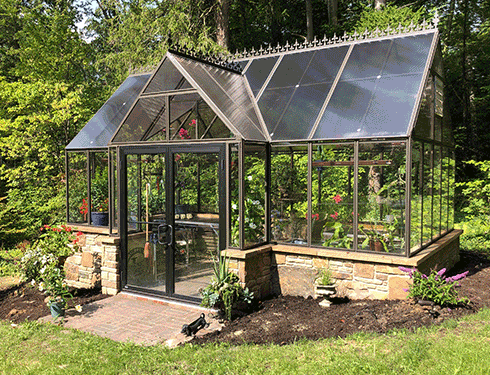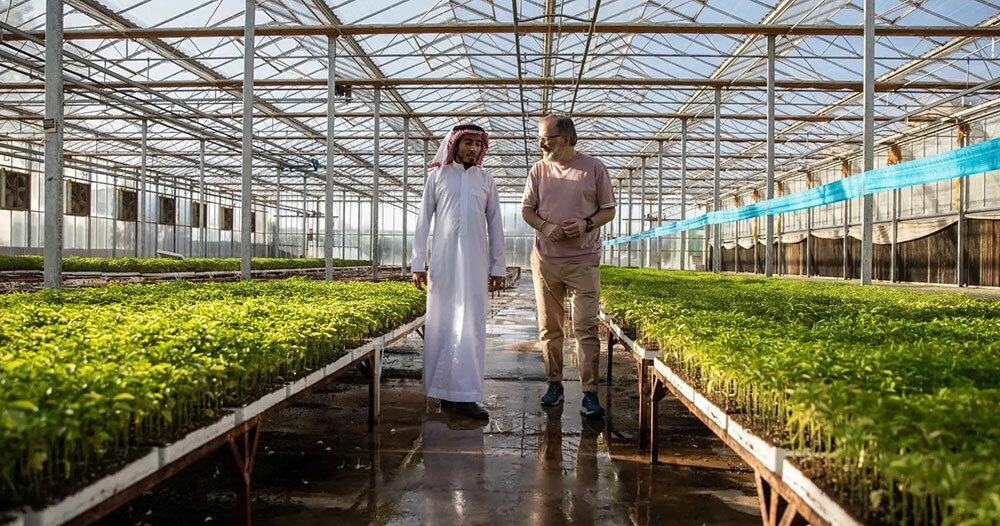Visual Environment-friendly Living: Monarch Decorative Greenhouse Utah Special Designs
Wiki Article
The Future of Greenhouses: Developments in Sustainable Agriculture
Are you interested concerning the future of greenhouses and how they are changing sustainable farming? From advanced environment control systems to upright farming techniques, water-efficient irrigation approaches, sustainable energy integration, and clever information analytics, these improvements are transforming the way we expand our food.Advanced Climate Control Solution
To accomplish optimum growing conditions, you can count on the innovations in greenhouses with sophisticated climate control systems. These systems have actually changed the method we cultivate plants, supplying a controlled setting that is favorable to plant growth. With these cutting-edge systems, you can now manipulate temperature level, moisture, light levels, and also CO2 concentrations to create the perfect problems for your plants to prosper.Among the vital attributes of these sophisticated climate control systems is their capacity to regulate temperature level. By utilizing sensing units and automated controls, the greenhouse can change the temperature level based upon the specific needs of the plants. This guarantees that they are never subjected to extreme warmth or chilly, which can be harmful to their growth.
Moisture control is one more crucial facet of these systems. By maintaining the suitable humidity degrees, you can avoid concerns such as mold and mildew, mildew, and illness from impacting your plants. These systems can also regulate the amount of light that gets to the plants, ensuring that they obtain the ideal quantity for photosynthesis.
Furthermore, progressed climate control systems can also manipulate carbon dioxide focus. By increasing the levels of carbon dioxide in the greenhouse, you can boost plant development and productivity. This is particularly beneficial in areas with low all-natural carbon dioxide levels.
Vertical Farming Techniques
One crucial upright farming strategy is using stacked growing systems. Monarch Greenhouse Utah. These systems include preparing plants in numerous layers, vertically stacked on top of each other. By utilizing vertical area, farmers can maximize their crop yield without requiring additional land. Stacked expanding systems are commonly used in urban locations where room is restricted.One preferred technique is called vertical hydroponics, where plants are grown in nutrient-rich water without dirt. This strategy is extremely effective as it minimizes water usage by up to 90% compared to traditional farming methods. Additionally, since the plants are expanded indoors, they are protected from insects and conditions, decreasing the requirement for chemicals.
Another method is aeroponics, which entails suspending the plant origins in a mist or air atmosphere. This approach enables optimal nutrient absorption and oxygenation, resulting in faster growth and higher yields. Aeroponics also uses less water than traditional farming and can be applied in upright systems, making it a preferred selection for vertical farming.
Water-efficient Watering Techniques
When it comes to applying water-efficient watering techniques in lasting agriculture,Making the most of water preservation is vital. With global water shortage coming to be a pressing concern, it is essential to create cutting-edge strategies that optimize water use in greenhouse procedures.One promising technique is drip watering, which delivers water directly to the plant origins, minimizing waste and evaporation. By utilizing a network of tubes with small emitters, water is applied gradually and precisely, making sure that plants obtain the required wetness without excess drainage.
Another efficient technique is using dirt dampness sensors. These gadgets measure the wetness web content in the soil and provide real-time information to farmers. By keeping an eye on the dirt's dampness levels, farmers can accurately establish when and how much water to use, preventing over-irrigation.
Furthermore, the implementation of rain harvesting systems is obtaining appeal in greenhouse farming. Accumulating rain from roofs and saving it in tanks enables farmers to utilize this all-natural resource for watering functions, reducing reliance on typical water sources.
Finally, the fostering of automated watering systems can significantly enhance water performance. These systems make use of sensors to find dirt moisture levels and weather, changing irrigation schedules accordingly. By optimizing water use based on actual plant requirements, these systems can minimize water waste and advertise sustainable farming practices.
Renewable Power Combination
Eco-friendly power combination in greenhouses provides a number of benefits, including decreased running expenses and lowered dependence on non-renewable power sources. The produced power can then be utilized to run different operations within the greenhouse, such as lights, ventilation, and heating systems. These wind turbines harness wind power and transform it into power, which can be made use of to supplement the energy demands of the greenhouse.Smart Information Analytics and Automation
To boost the effectiveness of your greenhouse procedures and enhance source application, think about carrying out wise information analytics and automation. Smart information analytics includes gathering and assessing information from numerous sensing units and tools within your greenhouse.
This can consist of automating the control of lights, ventilation, watering systems, and nutrient shipment. By automating these processes, you can guarantee that your plants get the right conditions and nutrients at the ideal time, without the requirement for consistent manual treatment.
Furthermore, clever information analytics and automation can function with each other synergistically. The information gathered by sensors can be made use of to notify computerized systems, enabling them to make real-time adjustments based on the existing conditions. This assimilation of data analytics and automation can bring about a lot more effective and specific resource allocation, inevitably resulting in greater yields and far better plant quality.
Final Thought
In final thought, the future of greenhouses in lasting agriculture looks promising. With advanced climate control systems, vertical farming strategies, water-efficient irrigation approaches, and sustainable power combination, greenhouses are ending up being a lot more environmentally pleasant and efficient.
By enhancing water use based on real plant requirements, these systems can minimize water waste and promote sustainable farming techniques.

Report this wiki page